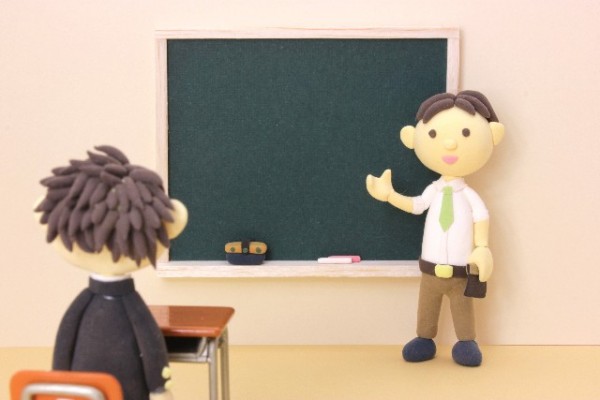2016-05-27
句動詞の目的語は二つの位置が可能である。不変化詞の後ろ(post-particle placement)か動詞と不変化詞の間(mid-position placement)のいずれかである。
(1) I called up Tom.
(2) I called Tom up.
これらの文において、Tom は位置が異なっている。一般に文末に焦点が置かれるので、(1)はTomに焦点が、(2)はcalled up という動作に焦点が置かれている。それゆえに、(1)は Who did you call up? という疑問文に対する答えであり、(2)はWhat did you do? に対する答えであると言われている。
そこで、Longman Grammar of Spoken and Written English (pp.932-935)を読んでみたら、意味とか焦点という視点からの説明ではなくて、徹頭徹尾、量という視点から(コーパスという視点から)の説明であった。自分としてはややあっけに取られたが、このような可視化できる「量」「頻度」という視点でのみ記述していくのも一つの方法かとも思う。以下記述していく。
(1)目的語が代名詞である場合は、mid-position placement が普通である。90%以上の確率である。(ということは逆に言うと、10%弱ではあるが、I called up him. というような文が成立するのか!)
(2)目的語が名詞句である場合は、会話文では、mid-position placement が普通である。話し言葉では60%以上の確率で、ただし、書き言葉では10%以下の確率で出現する。
(3)名詞句が2から4語の長さだと、mid-position placement が普通である。
(4)句動詞によって、mid-position placement が多い場合と、post-particle placement が多い場合に分かれる。
carry out, make out, take up, bring out などは、post-particle placement が多い。
make out, bring up, take out では、両方が同じくらいの頻度で出現する。
(5)句動詞が原義の空間的な意味を保持している場合は、mid-position placementである。比ゆ的な意味で使われた場合は、post-particle placement。それは、corpse がout というのはイメージしやすいが、instructions がout とはイメージしにくいからである。
Now carry out the instructions.
The Germans carried the corpse out.
(6)不変化詞に副詞句が付いてきた場合は、mid-position placementである。
Paul took his friend up to the top floor.
She took Lian out to the park.
Last week a husband took his wife out for a drive.
(7)書き言葉ではpost-particle placement が多い。しかし、会話文ではmid-position placementが多い。目的語が少々長くてもmid-position placementに置かれる。
Can’t believe it, my mum brought food for my brother up today. (目的語が4語で長いのだが。)
Take that little bit of wire out down there
(8)目的語が名詞節のときは、post-particle placement である。
Can’t make out where this school is.
*Can’t make where this school is out.
(9)目的語が関係代名詞節を伴っているときは、不変化詞は関係代名詞節の前に来ることは可能だ。(これはかなり細かい情報で、こんなことまで学生に教えたらかえって叱られるな)
He had taken two nails out that he couldn’t see.
He had taken out two nails that he couldn’t see.
? He had taken two nails that he couldn’t see out.

